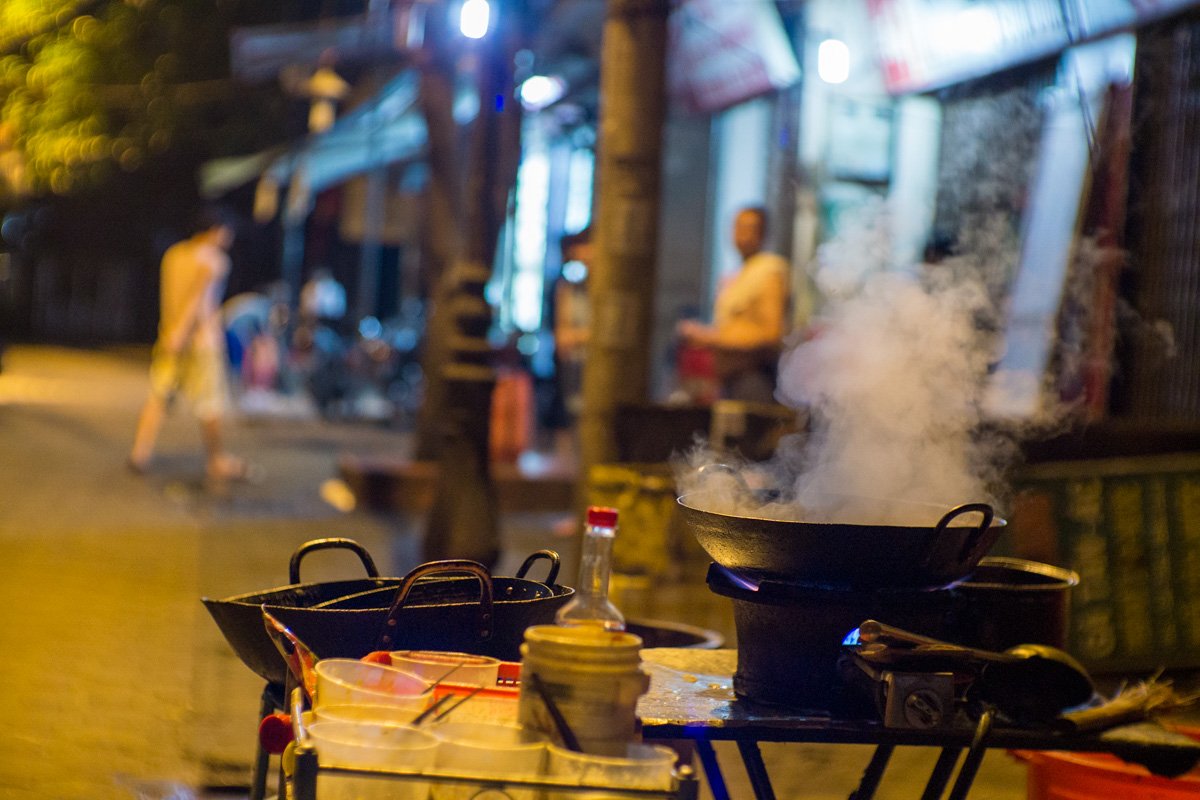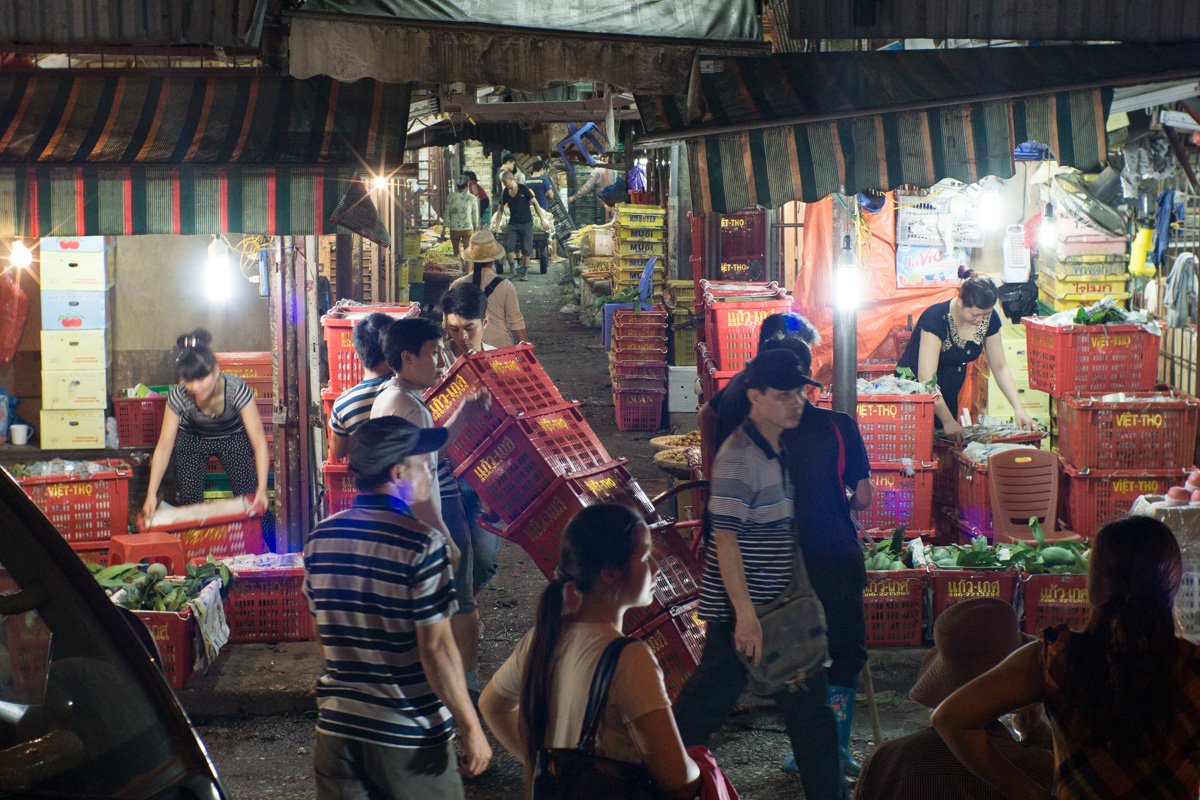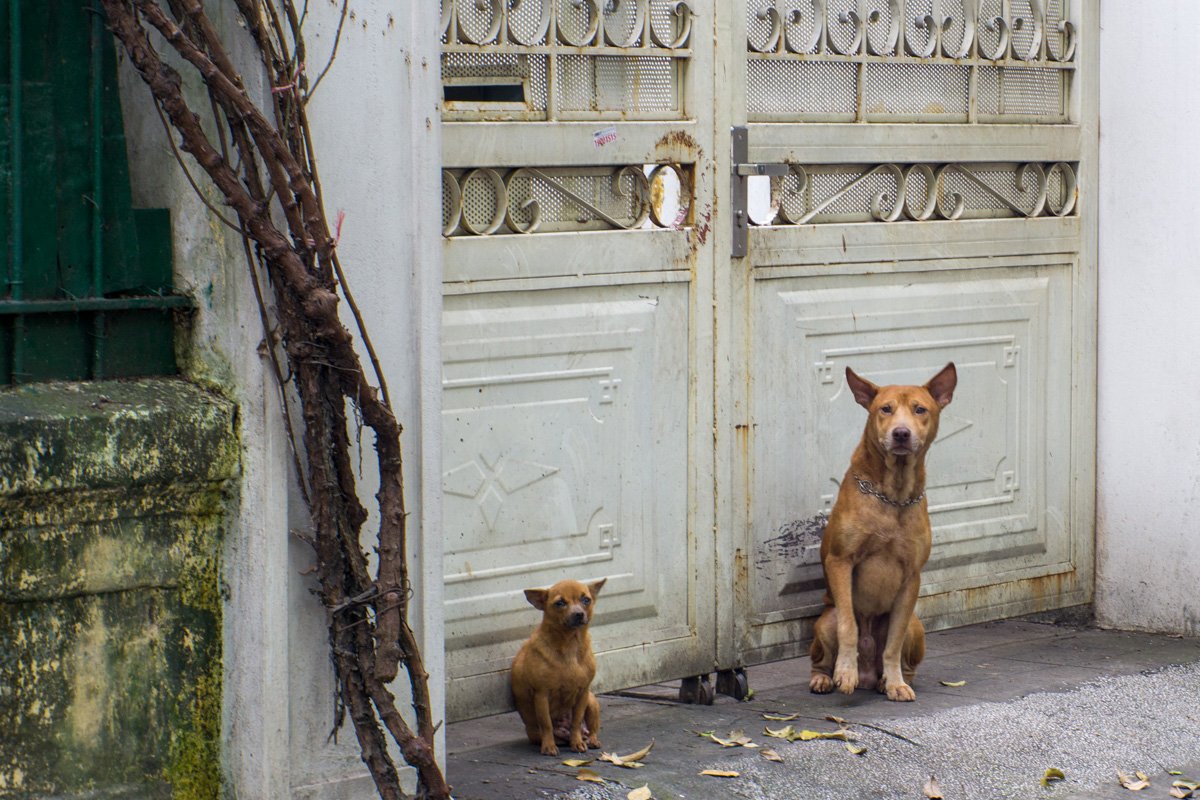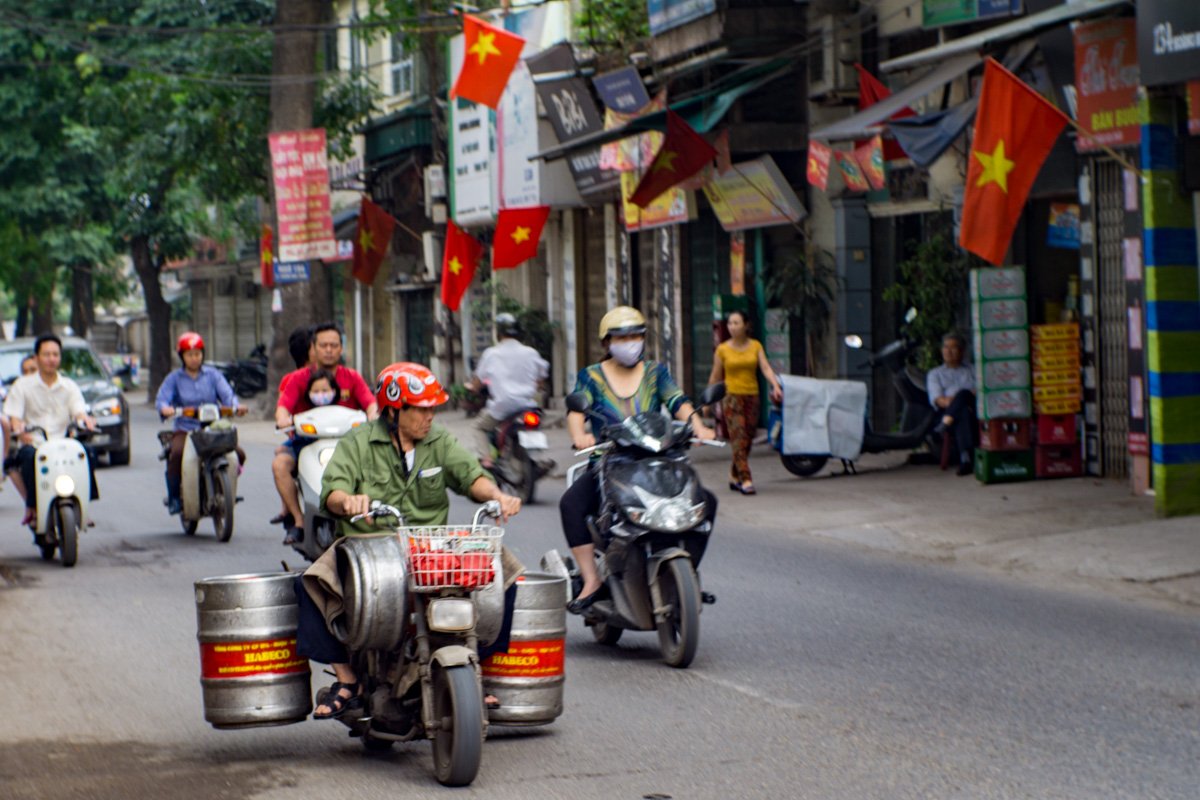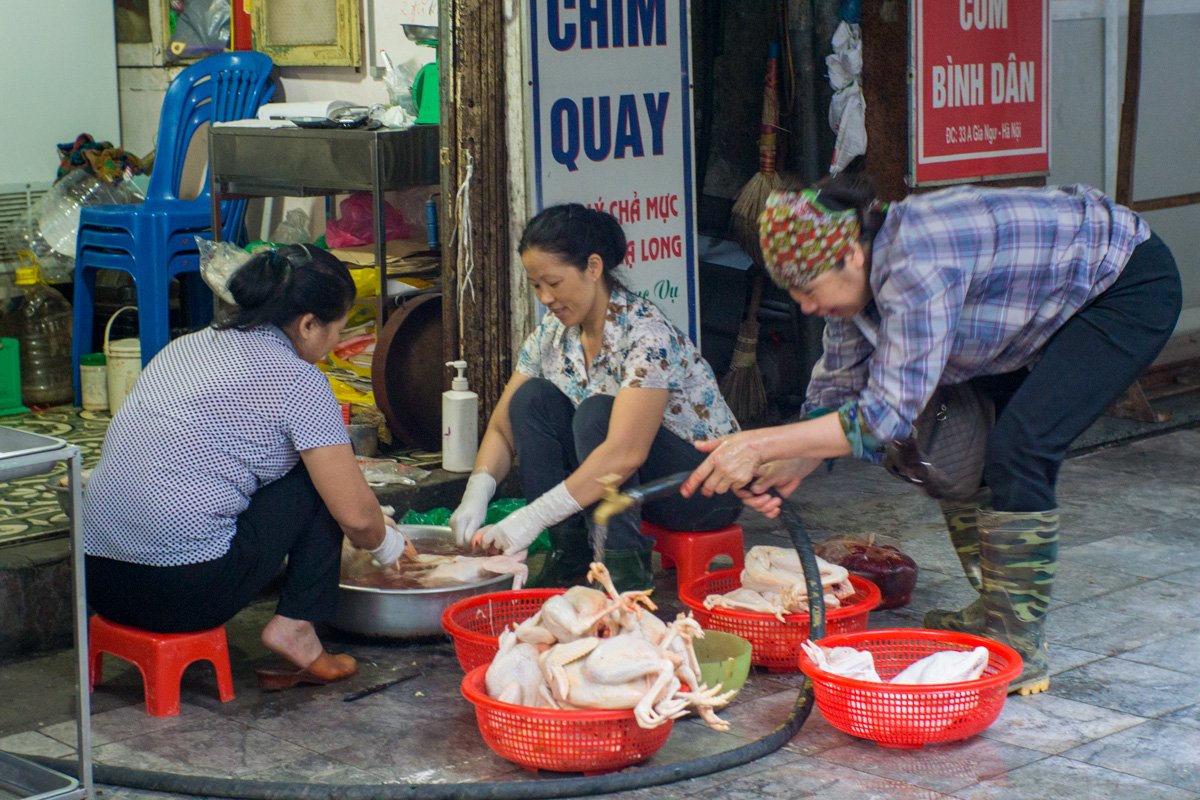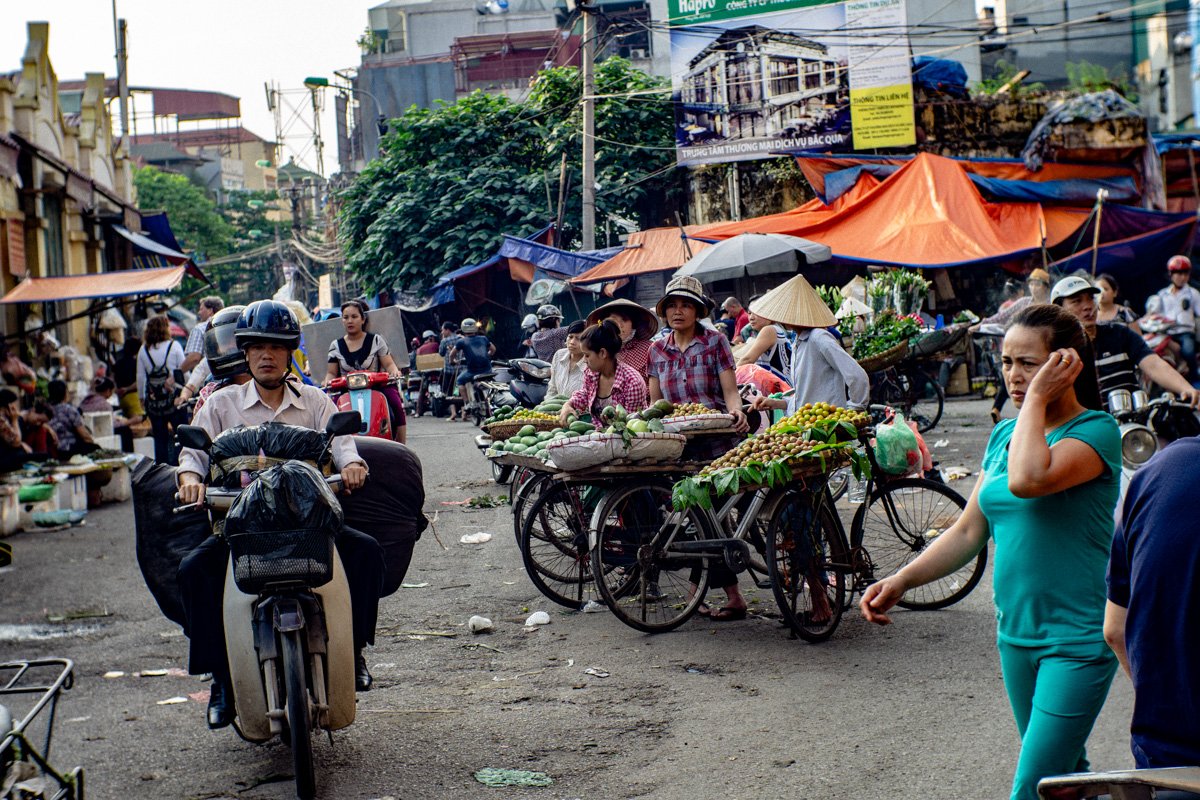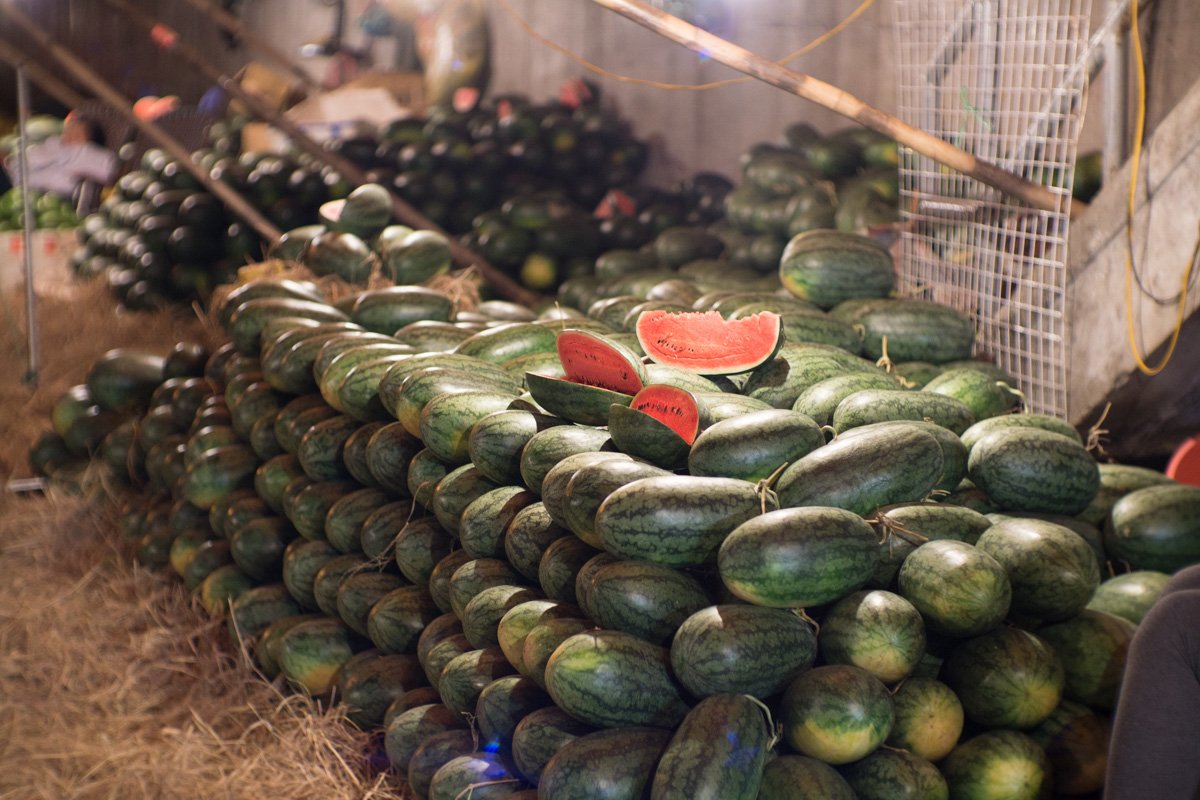Hanoi experience
It's 2012, and I'm wandering the streets of Hanoi's Old Quarter. A dawn drizzle has rinsed the streets clean, and already the hive of activity on the roads starts again. Roadside booths are everywhere, and commuters are crisscrossing the city. Pedestrians, motorbikes, bicycles, and cars are weaving around each other like in an intricate waltz of wheels. The air is warm and sticky, thick with the smell of hot food, fresh vegetables, and flowers from the market.
In the small alleys of the Old Quarter, houses rise haphazardly. The country's history is inscribed in its bones, the withered shutters and neoclassical patios remnants of colonial rule. Between 1850 to 1954, Vietnam was subjected to the French government, though Hanoi's newer buildings tell a more complex story, created in the path of the Vietnam War when thousands of bombs devastated the city.
Modern shopping centers or Western restaurants are not as many as expected. The population is accustomed to street vendors and pop-up kitchens. Some schoolgirls bring back the sights of old times as they wear conical non-la hats and buy sweet, sticky rice from shaky little carts. At a street eatery, I opt for a bowl of soup and munch my meal in companionable silence among a group of elderly gentlemen who seem to be regular patrons.
But during my four years in Vietnam's capital, nuanced flashes of modernity appear. I wander through the alleys and find rows of pricey linen dresses from a local designer. That evening, surrounded by minimalist artwork, I have a tasting menu of incredible variety at a Dining, which opened in 2017. The chef prepares seared beef from Kagoshima with a soft jelly instead of broth; it melts on the tongue. "We love tradition," the chef explains, "food is part of the soul, and there's apart from tradition still room to mix things up."
SEE & DO
Water puppet shows: For over a thousand years, villages in northern Vietnam have been staging distinctive shows in which puppet masters tell stories with lacquered wooden dolls on a stage half-submerged in water. The Thang Long Water Puppet Theatres evening show, or the workshop-cum-theatre of puppeteer Phan Thanh Liem, is worth an evening. thanglongwaterpuppet.com roinuocvietnam.com
Ho Chi Minh mausoleum:
The national figure, the Vietnamese leader Ho Chi Minh, known to the locals as Uncle Ho, lies embalmed in a monumental marble mausoleum surrounded by soldiers in white uniforms.
Train street:
A narrow lane, built-up railway track running on both sides through the middle, Train Street is a charming and chaotic example of urban planning in Hanoi's Old Quarter.
Street food tour:
Take a tour through the city's Old Quarter with a guide and taste hearty bowls of pho, deep-fried spring rolls, and Bahn mi sandwiches filled with barbecued pork, as well as other local dishes. streetfoodman.com
Long Bien market:
Wander among stacks of fruit and vegetables piled up to six feet high at the city's primary produce market, a kaleidoscope of colors, sounds, and smells. Having explored the seafood and flower sections, walk the length of the adjacent Long Bien Bridge. This massive metal structure, designed by Gustave Eiffel, crossed the Red River and was built in 1889 during the French occupation.
Temple of literature:
If you only have time for one temple, make it this. Built in the 11th century, it housed Vietnam's first university, and today students flock here to be pictured in their graduation gowns. The two-acre site is home to gardens, courtyards, and a central red pagoda.
HOA lo prison:
At the height of French rule in the early 20th century, more than 3,600 prisoners were crammed into Hoa Lo Prison, a complex built in 1896 to hold around 450. The harsh conditions are documented on English-language signs, as is the building's use during the Vietnam War when it housed US prisoners of war.
AFTER HOURS
Beer street:
A night out in Hanoi has to begin on Beer Street, a road lined with pop-up bars and plastic chairs. The music is loud, the atmosphere boisterous, and a pint will cost you little more than 25p; line your stomach with some nem ran (spring rolls) from the nearby street food stalls. For a bird's-eye view of the revelry, head to Northern Soul, a three-floor bar with a sprawling roof terrace.
facebook.com/northernsoulbar
The black sheep:
Decked out in black and bronze, the Black Sheep is a classy cocktail establishment that prides itself on performative mixology. Dim lighting, hidden corners, and an extensive menu make it a popular date destination. On balmy evenings, please sit in the garden out front strung with yellow lanterns; it's a great place to watch the world go by.
facebook.com/theblacksheepcocktailtheatre
1900 CLUB:
This nightclub in the Old Quarter doesn't close its doors until 7 am. Expect an excellent (if slightly noisy) mix of electronic music and scantily clad performers executing dance routines on stage. An entry ticket includes a beer, sofas on the second floor, and hookah pipes for hire should you need a break. facebook.com/1900.tahien
LIKE A LOCAL
West lake: Join locals in their morning exercise along the shore of West Lake, Hanoi's largest and oldest body of water, sprawling north of the city center. From sunrise, its beaches play host to tai chi routines and gym sessions, plus the 11-mile round trip also passes several notable cultural landmarks, such as the Tran Quoc Pagoda.
WHEN TO GO
The best time to visit is from November to April, when Hanoi is dry and pleasant, with temperatures averaging 25C. Summer sees humid highs of over 30C with heavy rainfall, which makes Hanoi's greenery and surrounding rice paddies particularly striking.








